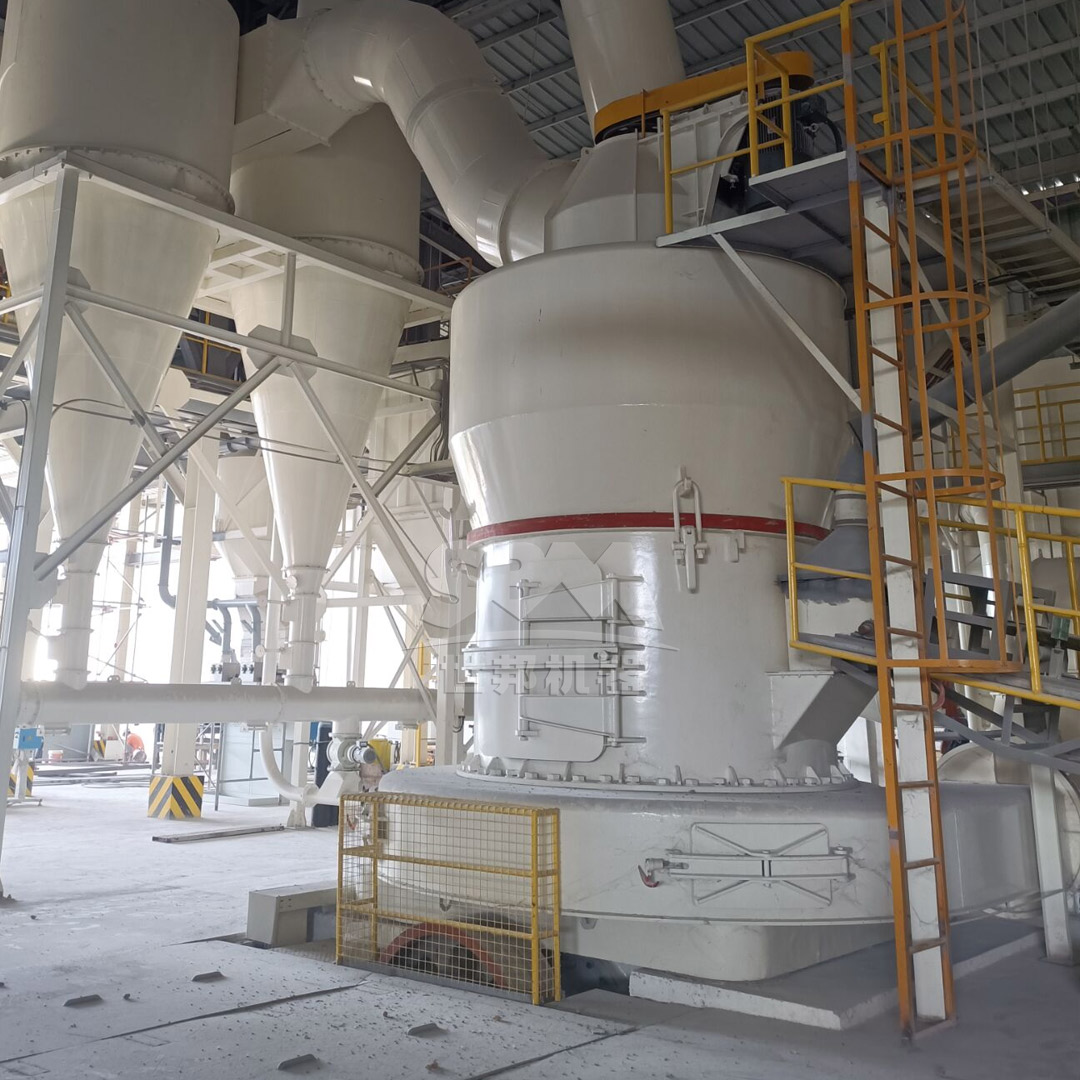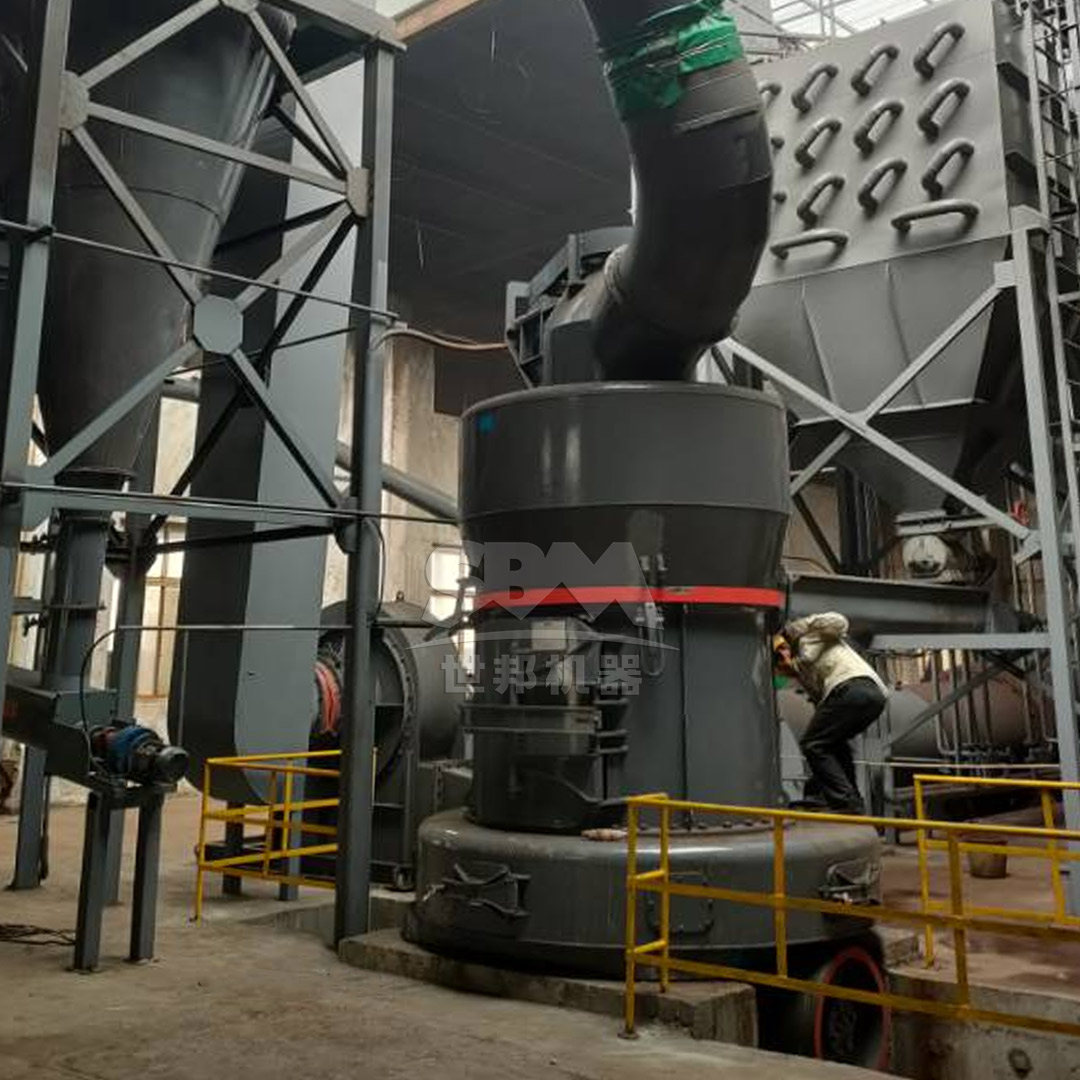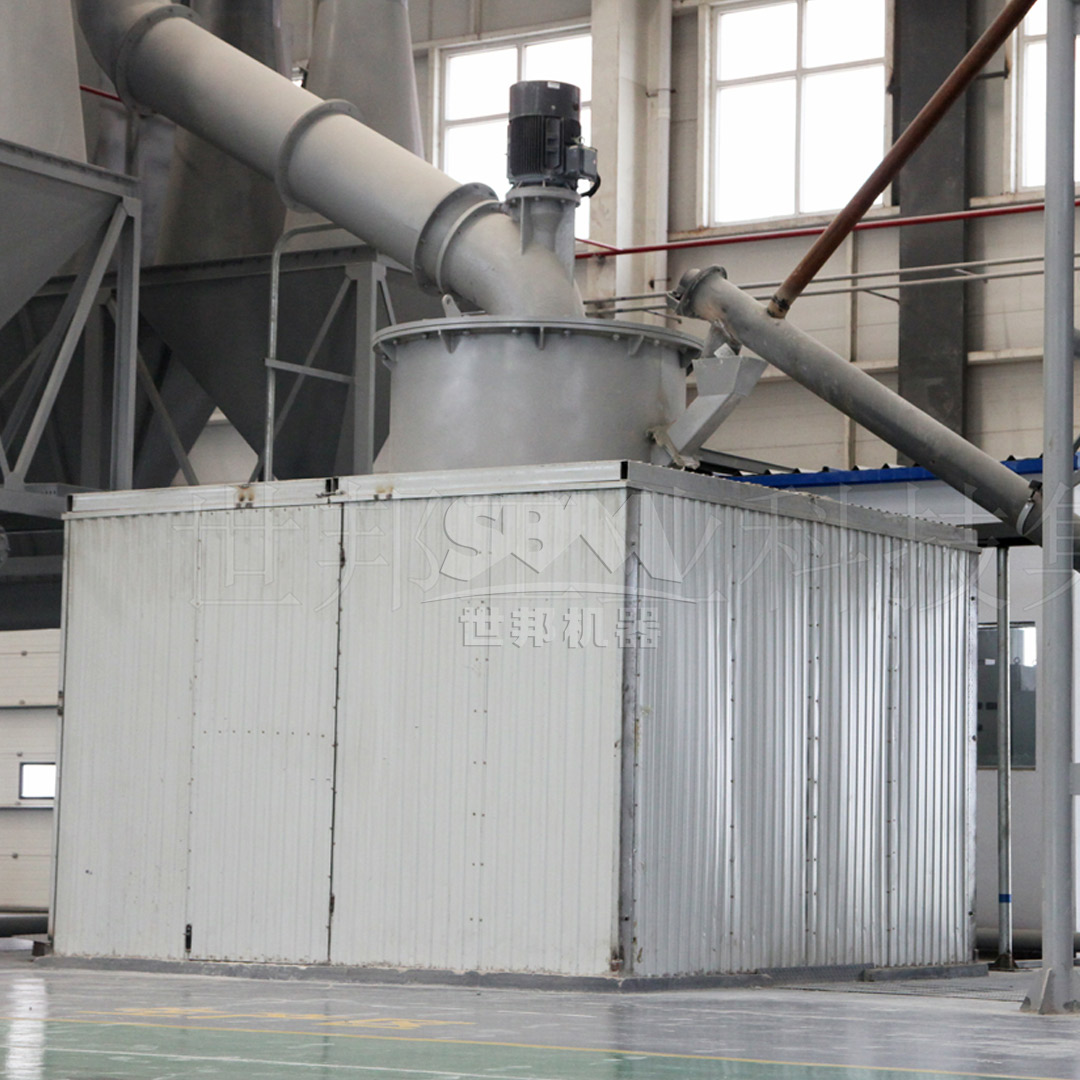The pursuit of perfection in architectural design demands materials of exceptional quality and consistency. Marble, with its timeless elegance and natural beauty, remains a cornerstone of high-end architectural projects. However, the transformation of raw marble into the fine powders used in composite materials, paints, coatings, and specialized architectural elements requires precision engineering. The choice of a superfine grinding machine is not merely an operational decision; it is a strategic one that directly impacts the aesthetic appeal, structural integrity, and overall quality of the final design material. This article provides a comprehensive guide for architects, material scientists, and production managers on selecting the ideal marble grinding machine, focusing on technical parameters, operational efficiency, and alignment with the stringent requirements of high-quality architectural applications.
The journey from a marble block to a superfine powder involves reducing the particle size to a microscopic level, often measured in microns or mesh. This process must preserve the material’s inherent properties, such as color consistency and chemical purity, while achieving a narrow particle size distribution for uniform application and bonding. An inappropriate grinding solution can lead to inconsistent textures, color variations, and compromised material performance, ultimately detracting from the architectural vision.

Selecting the right machine involves a deep understanding of several interconnected technical factors. Ignoring any one of these can lead to suboptimal performance and increased operational costs.
The required fineness of the marble powder is the primary determinant in machine selection. For architectural materials, the spectrum is broad:
The machine must offer precise control over the final particle size distribution (PSD). A narrow PSD (e.g., D97 ≤ 5μm) ensures that all particles are uniformly fine, eliminating coarse grains that can create surface imperfections.
Capacity requirements, measured in tons per hour (t/h), must align with project scale and production schedules. It is a mistake to choose an oversized machine for a small-batch, high-variety operation, just as it is crippling to select an underpowered machine for a large-scale project. Consider both current needs and future scalability. Machines with modular designs can often be adapted for increased capacity.
Grinding is an energy-intensive process. The specific energy consumption (kWh/t) of a machine is a critical metric for long-term profitability. Advanced grinding mills utilize efficient drive systems, optimized grinding mechanics, and intelligent controls to minimize energy waste. A machine that consumes 30% less energy can result in massive cost savings over its operational lifetime, contributing to more sustainable manufacturing practices.
A modern grinding plant is more than just a mill. It includes feeding, grinding, classification, and collection systems. The ideal machine should offer seamless integration with these components. Furthermore, automation through Programmable Logic Controllers (PLC) is crucial for maintaining consistent product quality. Automated systems can adjust operational parameters in real-time based on feedback, ensuring the output fineness remains within specification despite variations in feed material.
Marble is an abrasive material. The grinding elements—such as rollers, rings, and liners—must be constructed from special wear-resistant alloys to withstand constant abrasion. Machines designed with easy maintenance in mind, such as quick-wear part replacement systems and accessible inspection points, significantly reduce downtime and maintenance costs.
Dust control is paramount. The machine must be equipped with an efficient pulse-jet baghouse dust collector to ensure a clean working environment and comply with air quality standards (e.g., dust emission < 20 mg/m³). Noise pollution is another concern; modern mills are designed with sound-dampening enclosures to keep operational noise below 75-80 dB(A).
| Key Selection Factor | Impact on Architectural Material Quality | Ideal Machine Characteristic |
|---|---|---|
| Output Fineness | Determines surface smoothness, gloss, and dispersion in binders. | Precise, adjustable classification system capable of reaching 2500 mesh (5μm). |
| Particle Size Distribution (PSD) | A narrow PSD ensures uniformity, preventing visual and structural flaws. | High-efficiency integrated air classifier. |
| Energy Consumption | Affects production cost and environmental footprint. | Low specific energy consumption (kWh/t), high grinding efficiency. |
| System Automation | Guarantees batch-to-batch consistency, crucial for color matching. | PLC control with real-time monitoring and adjustment. |

Several grinding technologies are available, each with its own strengths and ideal applications.
A traditional choice for coarse to medium-fine grinding (30-325 mesh). It operates using spring-loaded rollers that swing outward to crush material against a stationary ring. While cost-effective for less demanding applications, its fineness and efficiency limitations make it less suitable for high-quality superfine marble powders required in premium architectural design.
This workhorse grinds material using steel balls in a rotating cylinder. It is versatile and can handle both wet and dry grinding. However, for superfine grinding, ball mills are notoriously inefficient, with high energy consumption and noise levels. They also struggle to achieve a narrow particle size distribution without a closed-circuit classification system, making them a less optimal choice for precision architectural materials.
VRMs are highly efficient for large-scale production of medium-fine powders (30-400 mesh). Material is ground between a rotating table and rollers under external pressure. They offer excellent energy efficiency and drying capabilities if hot gas is introduced. Some advanced VRM models can achieve finer grinds, but they are generally not the first choice for the ultra-fine range (below 400 mesh).
This category includes mills specifically engineered to produce powders in the superfine and ultrafine range (400-2500 mesh). They typically integrate a mechanical grinding mechanism with a highly precise air classifier within a single unit. The grinding action can be a combination of compression, shear, and impact, resulting in high efficiency and exceptional control over final product fineness. For architects and material producers who cannot compromise on quality, this is the recommended technology.
For projects demanding the highest quality marble powder for architectural design materials, the SCM Series Ultrafine Mill stands out as an exemplary solution. Engineered to achieve fineness levels up to 2500 mesh (D97 ≤ 5μm), it is perfectly suited for producing the consistent, ultra-fine powders required by the most discerning specifications.
Why the SCM Ultrafine Mill is Ideal for Architectural Marble:
| Model | Capacity (t/h) | Main Motor Power (kW) | Recommended Application Scale |
|---|---|---|---|
| SCM800 | 0.5 – 4.5 | 75 | Pilot plants, small-batch specialty production |
| SCM1000 | 1.0 – 8.5 | 132 | Medium-scale production for regional suppliers |
| SCM1250 | 2.5 – 14 | 185 | Large-scale dedicated production lines |
| SCM1680 | 5.0 – 25 | 315 | Major industrial facilities supplying global markets |
The SCM series represents a perfect synergy of precision engineering and practical efficiency, making it the go-to choice for producers aiming to supply the architectural and design markets with premium-grade marble powders.

The selection of a marble superfine grinding machine is a critical investment that directly influences the quality, cost, and sustainability of architectural design materials. By prioritizing key factors such as final product fineness, energy efficiency, automation, and environmental compliance, decision-makers can ensure their operations are equipped to meet the highest standards of the industry. While various technologies exist, ultrafine grinding mills, particularly the SCM Series Ultrafine Mill, offer the specialized capabilities required to produce the consistent, high-quality marble powders that define superior architectural elements. Choosing the right technology partner is not just about purchasing equipment; it is about securing a foundation for innovation and excellence in the built environment.